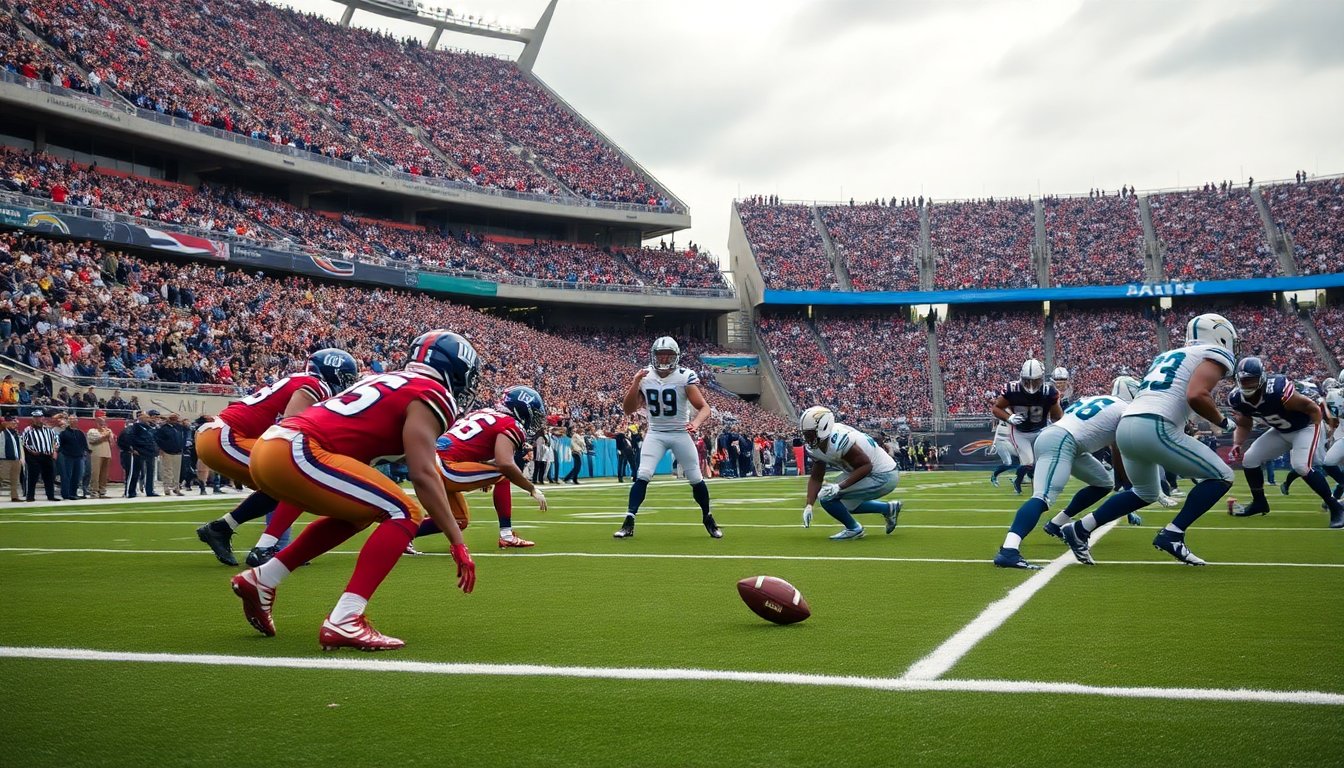Table of Contents
The world of the NFL presents numerous challenges for young quarterbacks stepping into the spotlight. This week, Jaxson Dart, the 25th overall pick, faces a significant test against the Los Angeles Chargers. With the Giants in dire need of a victory, Dart’s capacity to navigate a tough defense will be vital to his team’s success.
As the Giants prepare for this matchup, they aim to reverse their fortunes. The Chargers enter as 6.5-point favorites after a series of closely contested divisional games. This encounter is not solely about the teams; it is also about how Dart manages the pressure of his debut against a highly organized defensive scheme.
The challenge of Jim Harbaugh’s defensive strategy
Jim Harbaugh’s defensive strategy is renowned for its discipline and aggressiveness, posing a formidable challenge for any quarterback, particularly a rookie. The Chargers’ defense, directed by Jesse Minter, has implemented a refined version of Vic Fangio’s system. This approach emphasizes pre-snap disguises designed to confuse the opposing quarterback, allowing the Chargers to restrict their opponents to an average of just 16.6 points per game.
This impressive statistic ranks them among the top ten teams for both passing and rushing yards allowed. The squad has effectively suppressed explosive plays, forcing longer drives that increase the risk of offensive mistakes. Additionally, they excel in the red zone, permitting a mere 25% scoring rate within their 20-yard line.
The impact of Dart’s inexperience
As Dart enters the game without a solid baseline to evaluate his performance, expectations are moderated. While he possesses remarkable arm strength and playmaking abilities, scouts have expressed concerns regarding his adaptability to zone coverage. This factor could be significant given the Chargers’ expertise in executing defensive schemes.
In previous encounters against divisional rivals such as the Chiefs, Raiders, and Broncos, the Chargers have limited passing touchdowns to just two. Thus, the Giants may choose a conservative approach, relying on running plays from Cam Skattebo and shorter passing attempts to mitigate risks.
Justin Herbert’s efficiency as a counterpoint
As Dart confronts the Chargers’ defense, he will also face a dynamic counterpart in Justin Herbert. Herbert has excelled this season, boasting a 6-1 touchdown-to-interception ratio and leading the league in passing yards, averaging 286.7 yards per game. His ability to execute high-percentage throws, combined with his growing command of the offense, suggests he is becoming a seasoned leader.
Despite these strengths, the atmosphere of this game may encourage a more conservative strategy. Given the historical difficulties in scoring during such matchups, Harbaugh might prefer a ground game that emphasizes ball control to maintain a close contest.
The Giants’ defensive vulnerabilities
The Giants’ defense has displayed vulnerabilities, particularly against the run, allowing an average of 153.3 yards per game. This situation may favor the Chargers if they opt to rely on their running game. Nevertheless, even if the Chargers potentially control the game’s tempo, the anticipated lack of explosive plays could result in a lower-scoring affair.
The precarious position of Giants’ head coach Brian Daboll complicates matters, as he faces pressure to achieve results. This context reinforces the likelihood of a game that falls below the scoring line, with expectations pointing toward a total that may not exceed 43.5 points.
As the Giants prepare for this matchup, they aim to reverse their fortunes. The Chargers enter as 6.5-point favorites after a series of closely contested divisional games. This encounter is not solely about the teams; it is also about how Dart manages the pressure of his debut against a highly organized defensive scheme.0


